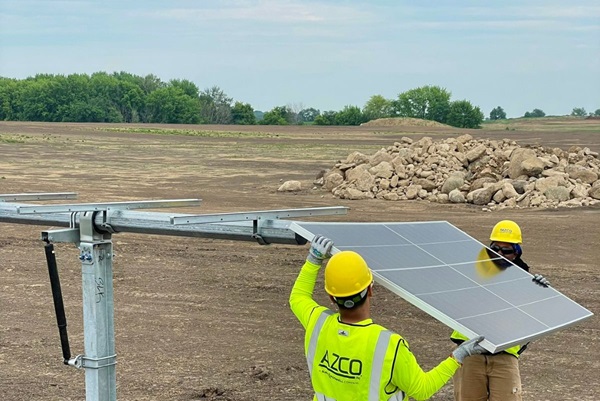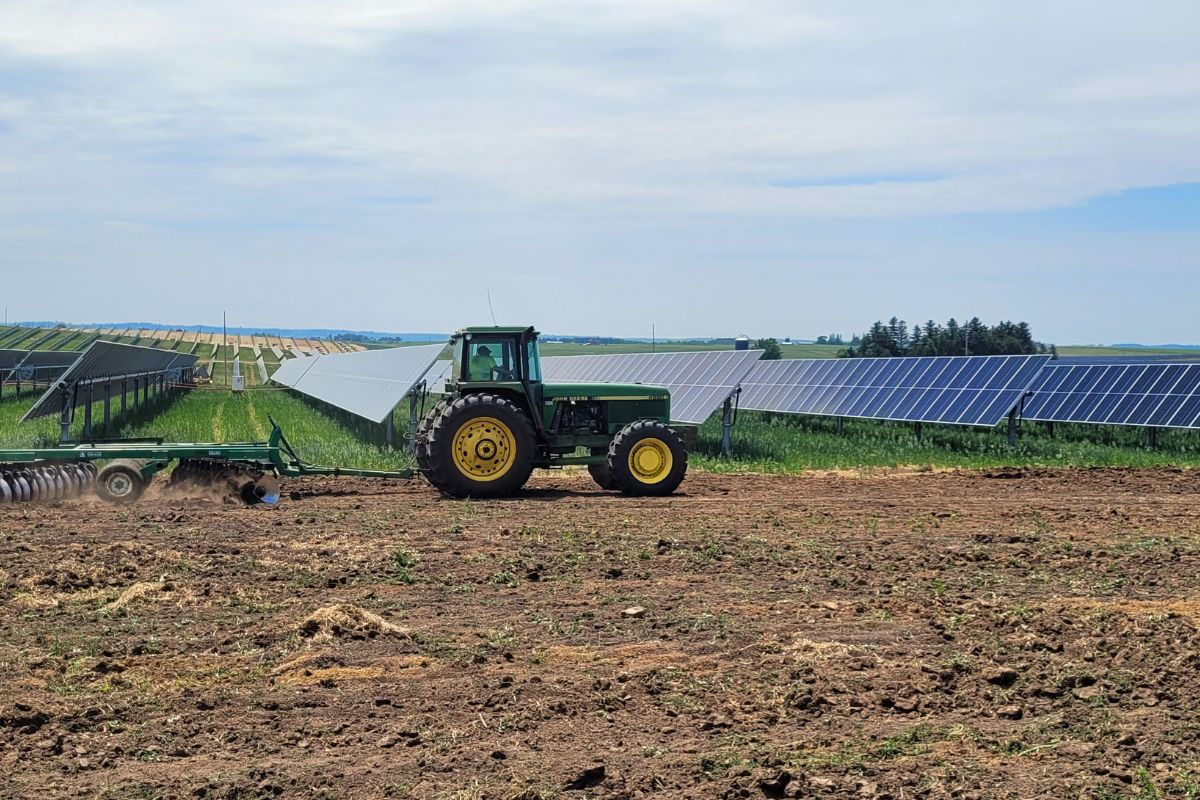Renewable energy is a hot topic, and unfortunately there’s a lot of misinformation out there. Some renewable projects have even been stalled as misinformation spreads and gets interpreted as fact.
We’ve already debunked myths about reliability, maintenance and environmental impacts, among others. However, the list of myths and false information is seemingly endless, so we’re back to bust three more myths about solar energy.
Myth: Solar panels contain toxic chemicals
Solar panels are safe to touch, attach to your home and install in your neighborhood. The panels we install at our sites are primarily made of glass, aluminum, copper and other common materials. Solar projects use steel racks to position panels, electric cabling and a small number of inverters to deliver power to the grid. All this equipment is safe and contains the same materials found in household appliances.
Myth: Solar farms create a significant heat island effect
The term "heat island effect" is typically associated with urban areas where excess concrete and asphalt absorb and re-radiate heat, causing the local temperature to be warmer than surrounding rural areas.
Nothing absorbs heat better than plants and grass on the ground, that includes solar panels. However, some research has shown this heat island effect to be significantly less than those of buildings, concrete and asphalt. The heat dissipates quickly and is not measurable 100 feet away from panels and can be absorbed by planting certain seed mixes [PDF] under the array.
Myth: Once farmland is used for solar projects, it will not be suitable for farming ever again
Many agricultural producers are interested in diversifying their income by leasing some of their property for a guaranteed, multi-decade source of income. Solar projects are a viable option for many farmers and can complement agriculture.
Similar to farmland preservation programs that conserve or bank valuable cropland, the expected 30-year solar facility life span helps rest the soil and allow the land to be farmed upon decommissioning.
Sometimes, leasing the land for a solar project can even increase a property owner’s farmland. For the Beaver Dam Solar Project, construction crews removed a mountain of boulders (pictured below) from the field in the area where they installed panels. The previously rocky land will be available to farm after the project is decommissioned.

During construction we also take steps to protect valuable topsoil and ensure that, if site grading is required, we preserve the topsoil and return it to its original location. In addition, our solar lease agreements include a binding commitment that we’ll return the land to the owner in the same or better condition to re-farm. One way we do this is by planting native seed mixes during construction to help enrich the soil.
Check out our other myth busting articles about wind energy and electric vehicles.


